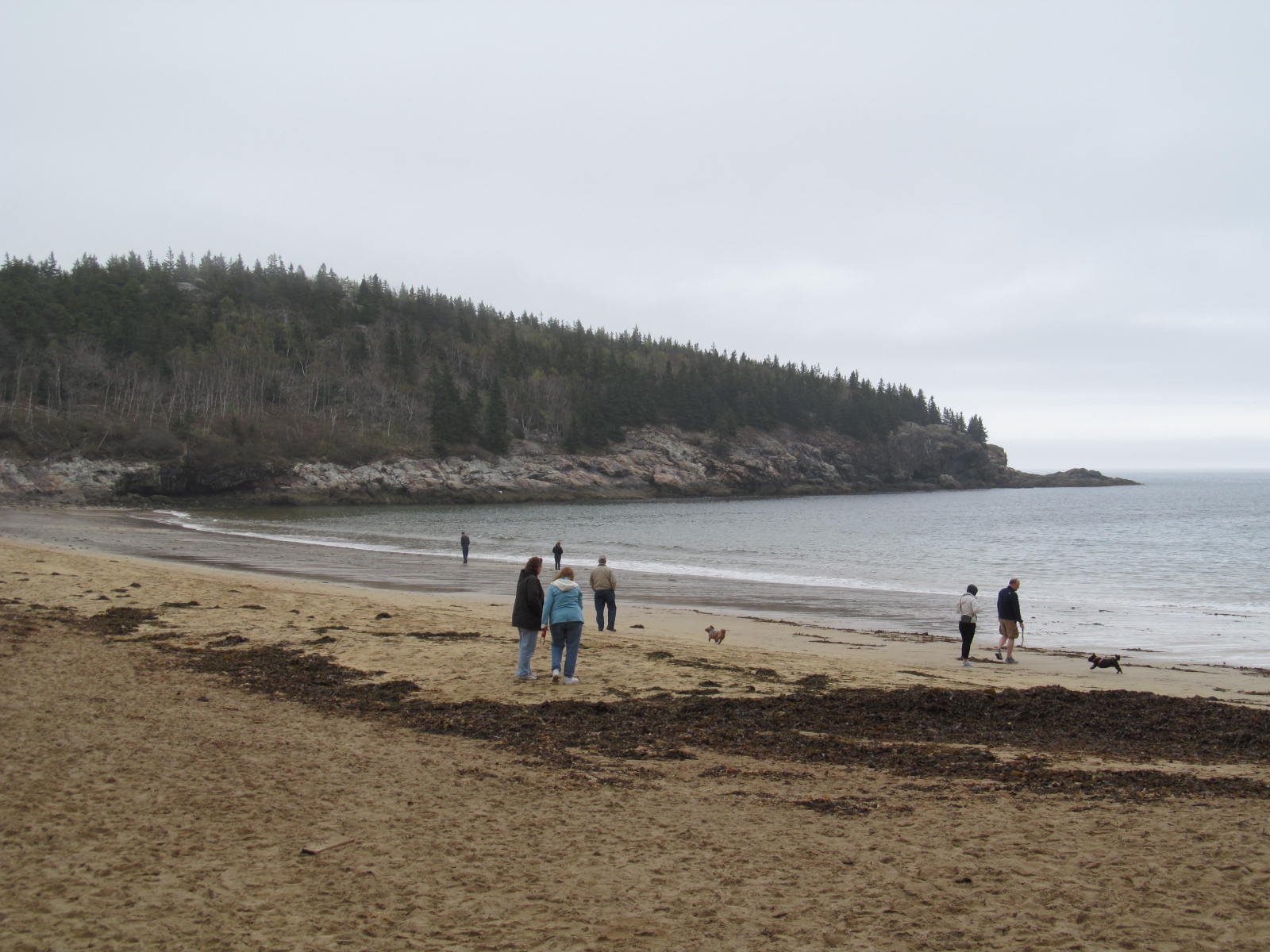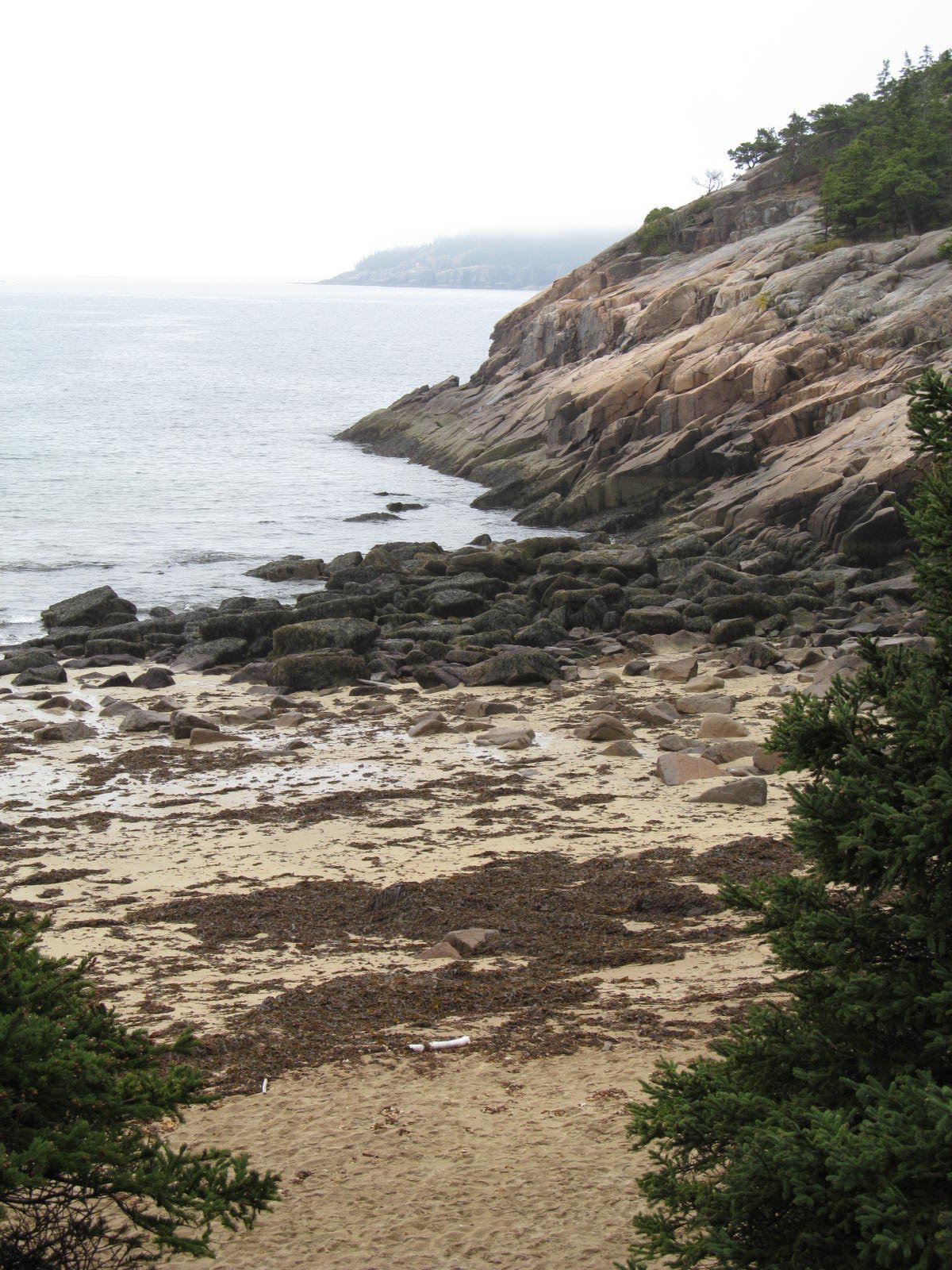Acadia National Park, located on the rugged coast of Maine, is a treasure trove of natural wonders and outdoor adventures. As one of the most popular national parks on the East Coast, it offers visitors breathtaking scenery, diverse wildlife, and a wide range of activities. From its iconic granite cliffs to its pristine beaches and lush forests, Acadia National Park showcases the best of New England’s coastal beauty.
What Are the Top Scenic Viewpoints in Acadia National Park?

Acadia National Park boasts numerous scenic viewpoints that capture the essence of its coastal beauty. Here are five must-visit locations:
- Sand Beach
- GPS Coordinates: Latitude 44.339063, Longitude -68.183242
- Accessibility: Via Park Loop Road
- Parking: Large parking area available
- Fees: Entrance fee to Acadia National Park required
-
Description: A popular beach known for its unique sand composition and stunning ocean views
-
Thunder Hole
- Location: Near Sand Beach
- Accessibility: Via Park Loop Road
- Parking: Available along Park Loop Road
- Fees: Entrance fee to Acadia National Park required
-
Description: A natural inlet that produces a thunderous sound when waves crash against it
-
Otter Cliff
- GPS Coordinates: Latitude 44.293333, Longitude -68.185556 (approximate)
- Accessibility: Via Park Loop Road
- Parking: Limited pull-off areas along the road
- Fees: Entrance fee to Acadia National Park required
-
Description: Known for its dramatic ocean views and high cliffs
-
Cadillac Mountain Summit
- GPS Coordinates: Latitude 44.353333, Longitude -68.224167 (approximate)
- Accessibility: Via Cadillac Mountain Summit Road
- Parking: Large parking area at the summit
- Fees: Entrance fee to Acadia National Park required
-
Description: The highest point on the East Coast, offering panoramic views of the park
-
Schoodic Head Overlook
- GPS Coordinates: Latitude 44.336389, Longitude -68.061389 (approximate)
- Accessibility: Via Schoodic Head Road
- Parking: Available near the overlook
- Fees: Entrance fee to Acadia National Park required
- Description: Offers stunning views of the ocean and surrounding landscape
Which Hiking Trails Are Most Popular in Acadia National Park?

Acadia National Park offers a diverse range of hiking trails suitable for all skill levels. Here are five popular trails:
- Ocean Path Trail
- Length: Approximately 2 miles
- Difficulty: Easy
- Estimated Hiking Time: 1-2 hours
- Trailhead: Near Thunder Hole, accessible from Park Loop Road
-
Unique Features: Scenic ocean views, access to Thunder Hole and Monument Cove
-
Cadillac Mountain Summit Trail
- Length: Approximately 2 miles (via South Ridge Trail)
- Difficulty: Moderate to Strenuous
- Estimated Hiking Time: 2-4 hours
- Trailhead: Various, including South Ridge Trailhead near Blackwoods Campground
-
Unique Features: Panoramic views from the summit, diverse flora and fauna
-
Beehive Trail
- Length: Approximately 1.4 miles
- Difficulty: Strenuous
- Estimated Hiking Time: 1-2 hours
- Trailhead: Near Sand Beach, accessible from Park Loop Road
-
Unique Features: Iron rungs and narrow ledges, offering dramatic ocean views
-
Jordan Cliffs Loop Trail
- Length: Approximately 3.4 miles
- Difficulty: Moderate
- Estimated Hiking Time: 2-3 hours
- Trailhead: Near Jordan Pond House, accessible from Park Loop Road
-
Unique Features: Scenic views of Jordan Pond and surrounding cliffs
-
Gorham Mountain Trail
- Length: Approximately 3.5 miles (round trip)
- Difficulty: Moderate
- Estimated Hiking Time: 2-3 hours
- Trailhead: Near Thunder Hole, accessible from Park Loop Road
- Unique Features: Panoramic views of the ocean and surrounding mountains
Where Are the Best Locations for Wildlife Watching in Acadia National Park?
Acadia National Park is home to diverse wildlife. Here are some prime locations and tips for wildlife watching:
Best Locations
- Park Loop Road: Known for deer sightings, especially early in the morning
- Carriage Roads: Good for spotting birds, deer, and other wildlife
- Island Explorer Bus Routes: Offers guided tours that can help spot wildlife
Recommended Times
- Early Morning: Best time for spotting deer and other wildlife
- Late Afternoon: Good for observing birds and other animals
Types of Wildlife
- White-tailed Deer: Commonly seen along Park Loop Road
- Birds: Various species including seabirds, songbirds, and raptors
- Seals and Sea Birds: Can be spotted along the coastlines
Permits and Guidelines
No special permits are required for wildlife watching, but visitors must adhere to park rules and regulations to ensure responsible and safe viewing.
What Activities Are Available at the Acadia National Park Visitor Center?
The Acadia National Park Visitor Center offers various activities and resources for visitors:
Operating Hours
- Hulls Cove Visitor Center: Open from 8 am to 4 pm, with extended hours during peak season
Educational Programs
- Ranger-led Discussions and Tours: Available on various topics including park history, wildlife, and geology
Ranger-led Tours
- Guided Hikes and Walks: Led by park rangers to explore the park’s trails and scenic areas
- Island Explorer Bus Tours: Guided tours that cover various parts of the park
Interactive Exhibits
- Maps, Books, and Brochures: Available for visitors to plan their trip and learn about the park
- Information Desk: Staffed by knowledgeable park rangers to answer questions and provide guidance
Special Events and Seasonal Activities
- Seasonal Programs: Varying programs and events throughout the year, including nature walks, bird watching tours, and educational seminars
Acadia National Park’s east coast attractions offer a unique blend of natural beauty, outdoor adventure, and educational opportunities. Whether you’re seeking breathtaking views, challenging hikes, wildlife encounters, or informative programs, this coastal gem has something for everyone. Plan your visit to experience the wonders of one of America’s most beloved national parks.
References:
- https://acadiamagic.com/park-loop-road.html
- https://acadiamagic.com/acadia-faqs.html
- https://www.nps.gov/acad/planyourvisit/directions.htm?ftb_embed=true

